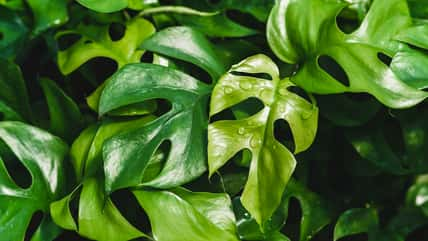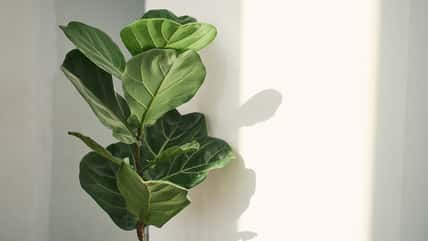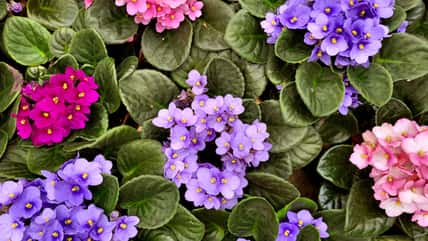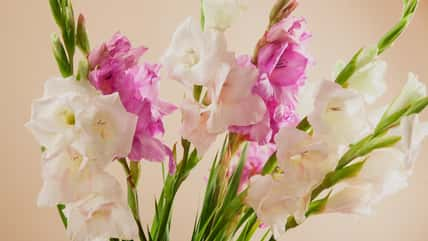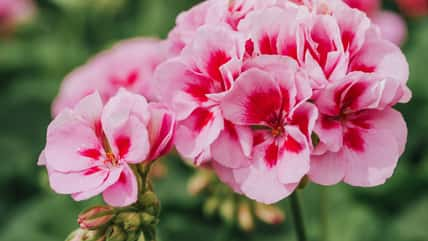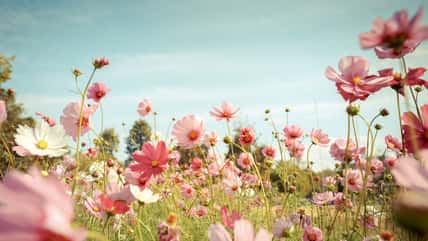Lasagna Gardening Doesn’t Involve Pasta Sprouting At Your Feet, But It Is A Method Of Gardening That Calls For Layering Different Organic Materials
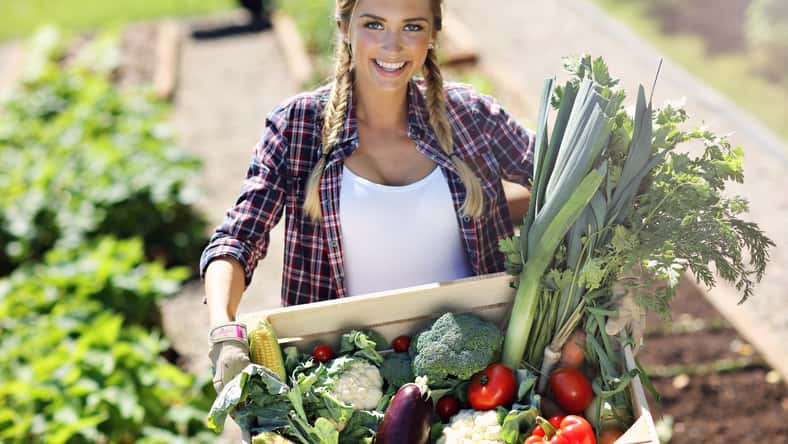
Gardening is one of the most rewarding hobbies you can get into. Imagine having a crop of fresh vegetables you can enjoy all summer long!
However, the tilling and weeding of the soil is back-breaking work, and the thought of it might make you wince and cause you to be opposed to tending a garden.
But if you start a lasagna garden, all that work will be no more! With lasagna gardening, pasta will not be sprouting at your feet if that’s what you were thinking.
Rather, it is a method of gardening that involves layering different organic materials on top of each other, just as you would layer noodles, sauce, and cheese in a lasagna.
The technique does not require any digging and makes use of materials that might otherwise end up in a landfill. Over time, the materials will decompose and turn into rich, nutrient-dense soil.
Fall is the best time to start your lasagna garden because the cold season will help with the decomposition process.
A lasagna garden sits above the ground, and the first layer should consist of cardboard. Use boxes that are mostly free from ink, tape, or plastic.
Place unfolded boxes flat on the area you are building your garden. The cardboard works to smother any weeds that might grow by preventing light from shining through and effectively stopping their growth.
Next, add things like grass clippings, fruit and vegetable scraps, coffee grounds, and garden trimmings. You can even top the cardboard with horse or cow manure. Then, cover the second layer with leaves, straw, sawdust, and wood chips.
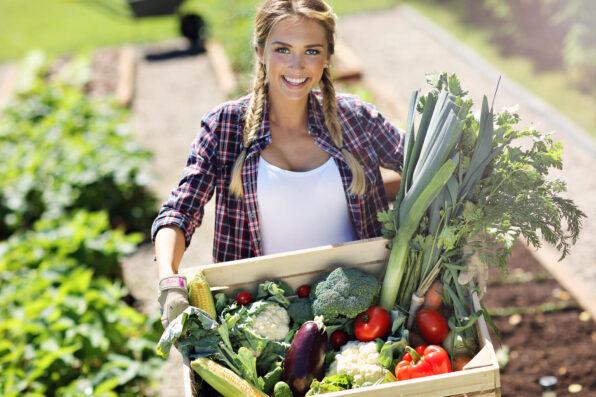
Kalim – stock.adobe.com – illustrative purposes only, not the actual person
As you may have noticed by now, lasagna gardening alternates between “brown” and “green” layers. The first layer involved cardboard, which is considered brown. After that, there was a green layer, which included grass clippings and other green materials, and then another brown layer.
Continue layering until you are satisfied with your garden’s height or until it is anywhere from 18 inches to three feet tall.
If you want your garden to have a neater look, frame it with stones, bricks, or wood. Once you have all your layers established, give your garden plenty of water.
When all the composted materials have broken down into what appears to be a loose soil, that means your lasagna garden is ready for planting!
If true crime defines your free time, this is for you: join Chip Chick’s True Crime Tribe
As Bee Populations Shrink, You Might Need To Give Your Squash Plants A Helping Hand With Pollination
Sign up for Chip Chick’s newsletter and get stories like this delivered to your inbox.
More About:Gardening
